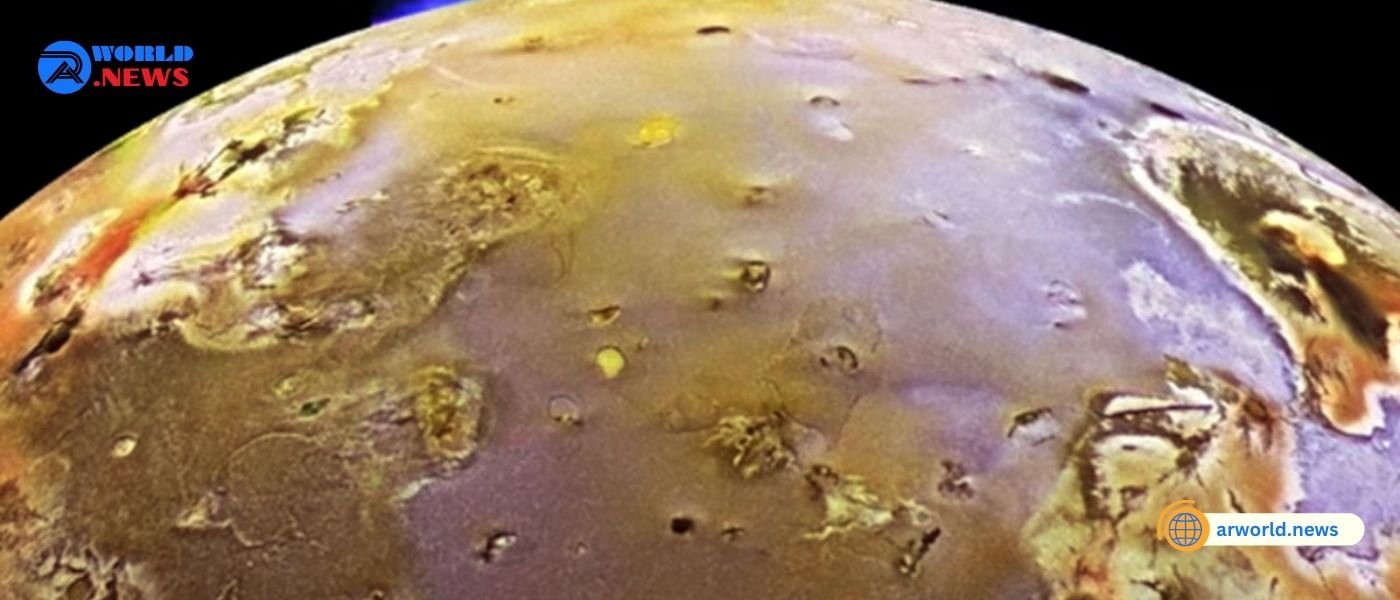The most recent images show a turbulent terrain characterized by volcanic formations, including as enormous gas and molten rock plumes and lava lakes.
The most detailed photographs of Io, Jupiter’s innermost Galilean moon and the most volcanically active location in our solar system, have been obtained by NASA’s Juno probe.
The most recent images show a turbulent terrain characterized by volcanic formations, including as enormous gas and molten rock plumes and lava lakes.
The close-up image displays the vivid surface of Io, which is covered in volcanic craters and illuminated by flowing magma.
A massive plume that can be seen on the moon’s left side, directly below the terminator, or line separating day from night, is one of its most remarkable features.
Rising almost 200 miles above the surface of Io, this plume displays the strong geologic activity of the moon.
Continuous volcanic eruptions on Io are caused by Jupiter’s strong gravitational pull as well as the dynamic interactions between Jupiter and its neighboring moons.
Lo’surface is constantly resurfacing due to volcanic activity as a result of internal heat and flexing caused by the enormous tidal forces produced by Jupiter’s gravity.
As opposed to the frozen crusts and subterranean oceans seen on its sister Galilean moons, Io’s harsh climate is typified by searing lakes of silicate lava.
Io is unique among the moons of the solar system in that it lacks water, but it also has a colorful look due to the abundance of sulfur and other volcanic compounds.
The most recent photographs from Juno offer an unparalleled perspective of this extraterrestrial terrain, enabling researchers to delve further into and comprehend the intricate mechanisms sculpting Io.
Since arriving at Jupiter in 2016, Juno’s mission has continued to produce crucial data about the gas giant and its moons.

